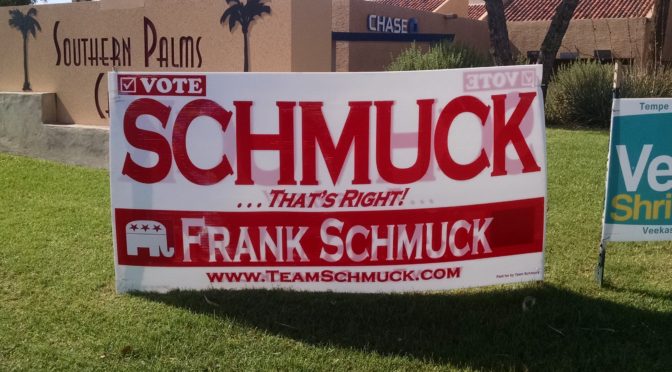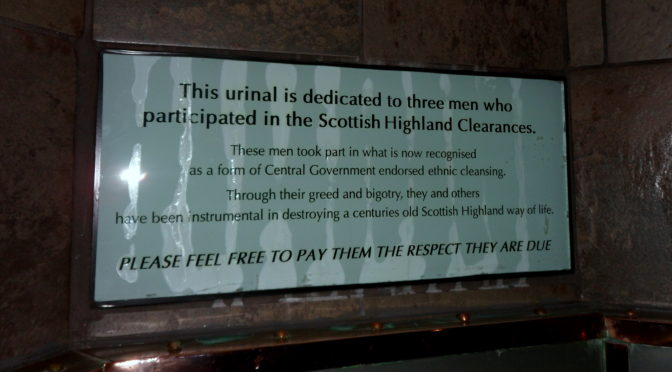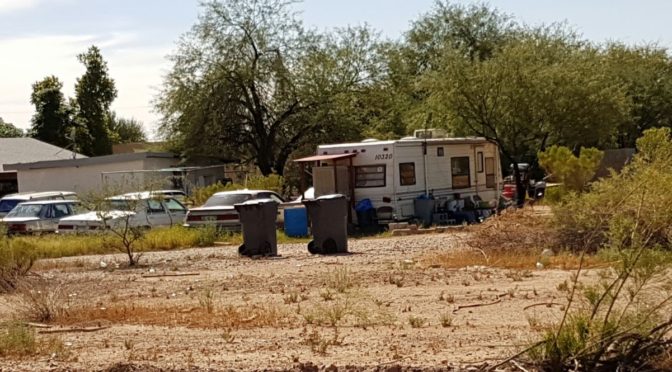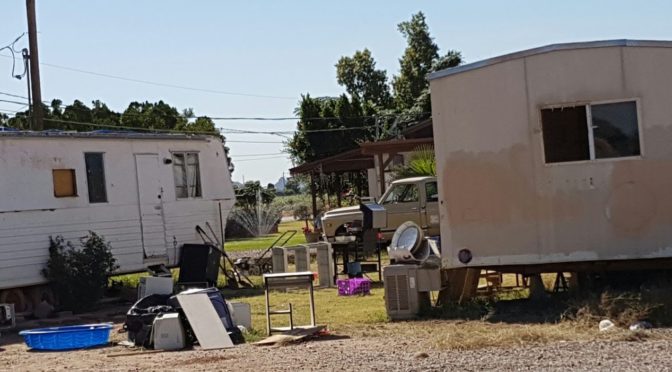About too close for comfort weather
A few weeks ago, I was mumping and moaning about the extreme weather conditions in Arizona. The temperature had hit 122f and the heat was getting unbearable. Road surfaces were melting, the zoo was closed, even some planes were grounded.
It turns out I should really have kept my mouth shut. As bad is it was – and it felt pretty uncomfortable for most of the summer – it was nothing compared with the crazy weather of recent weeks. North America has had to endure everything from hurricanes and floods to wildfires and earthquakes.
Americans in certain parts of the country are well-used to this. In Florida and the southern states, they talk of September as the ‘hurricane season’. Here in Arizona, the worst we get are wildfires caused by the intense heat. At one point this summer, there were 75 wildfires burning in the state. Four years ago, 19 firemen were killed fighting a massive hill fire north west of Phoenix.
This year’s weather season was absolutely devastating, one of the worst in living memory. Luckily, I wasn’t affected – well, not directly. What did make the situation real for me was that, in every major disaster, from Hurricane Harvey to the Mexican earthquake, I knew someone involved, somebody who was there and affected by it. That brought it home more than any news report or TV coverage.
Harvey came first, striking a direct hit on Houston, Texas. A former school friend of mine has lived in the city for decades and, when I saw the scale of the destruction, I emailed to make sure she was ok. I was pleased to get a reply a few days later to say that all was well. But bizarrely, she had just flown for a pre-arranged meeting with another old school friend – to the Florida Keys. So, they then had to be evacuated from the path of Hurricane Irma.
Talking of Irma, as it was barreling its way across the Atlantic, my stepdaughter’s in-laws were enjoying a much-needed vacation on the sunshine Caribbean island of St Thomas, in the US Virgin Islands. They flew home only two days before Irma flattened the place, uprooting trees and homes, and knocking out power supplies. Their holiday snaps might just show the last pictures of St Thomas as a paradise resort.
Irma then continued to the US mainland, most notably the state of Florida. Friends of ours live in the city of Fort Myers. They had to flee their home as it approached and returned days later to find tiles from the roof blown off, along with some landscaping damage. Bad enough but a lucky escape compared with others in the area.
They braced themselves for Hurricane Maria, which followed in Irma’s wake, but it passed them by.
While all this mayhem was going on, my wife’s sister and her family were clearing their valuable possessions from their home on the Oregon coast as the Chetco Bar wildfire headed towards them. The fire at its peak covered 107,000 acres, destroyed houses, and sent a column of smoke 20,000 feet into the air.
The fire got within three miles of the house before the wind changed, the rain came, and the danger was averted.
Just as things were settling down in the USA, a 7.1 magnitude earthquake hit Mexico City, killing more than 270 people. Again, my first thoughts were for a long-time friend, an ex-journalistic colleague from Scotland, who lives in the city.
When I emailed him, he replied with the good news that all was well. However, there had been a ‘scary hour’ before he could contact his wife and school-age daughter to make sure they were alive and well.
So, you’ll be pleased to know that I survived the natural disasters that came our way this year. And equally pleased that all my friends escaped unscathed too. Next year, when the temperature soars in Arizona, I’ll be careful to keep my complaining in perspective.
Now, did someone mention volcanoes?




